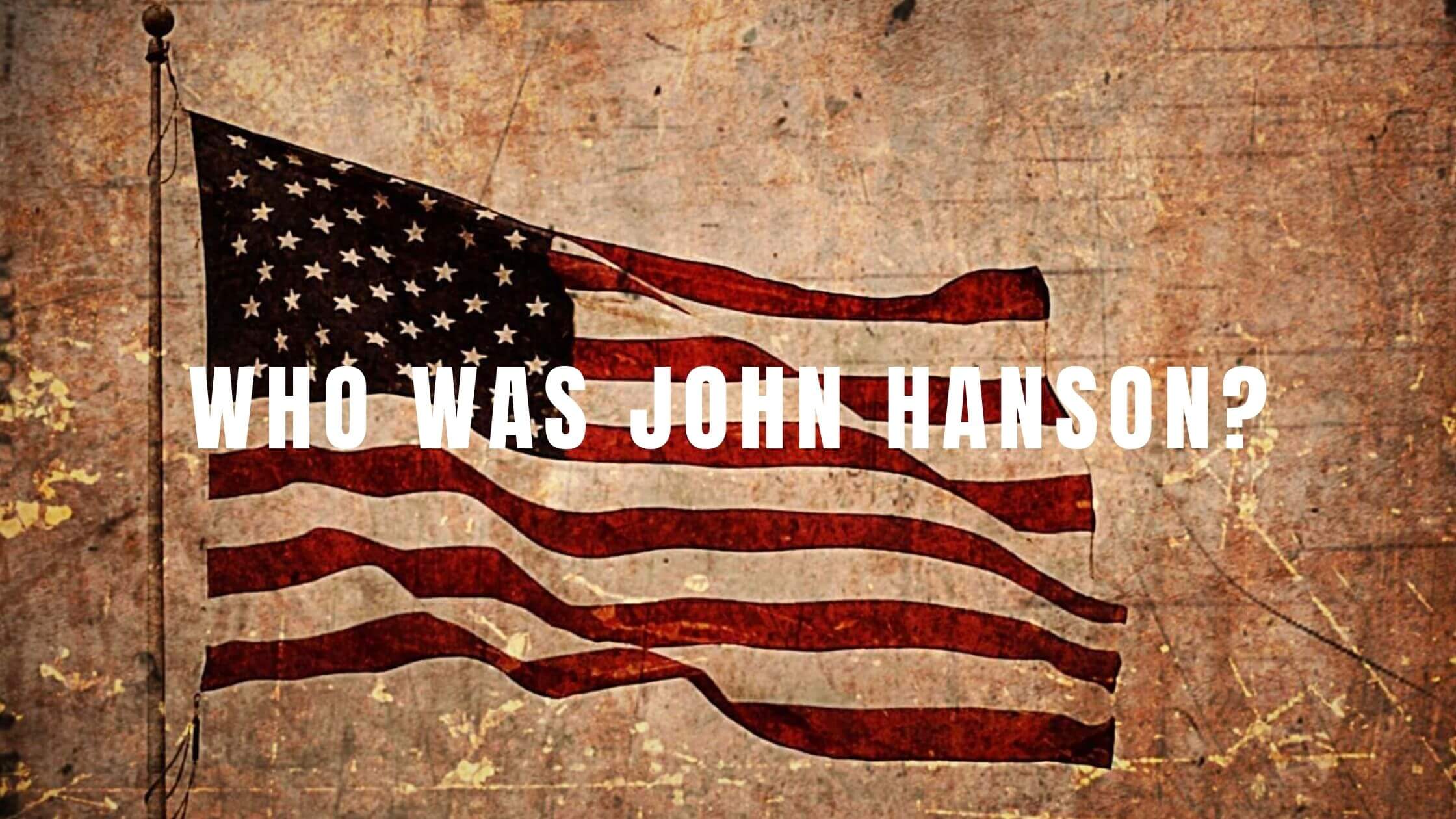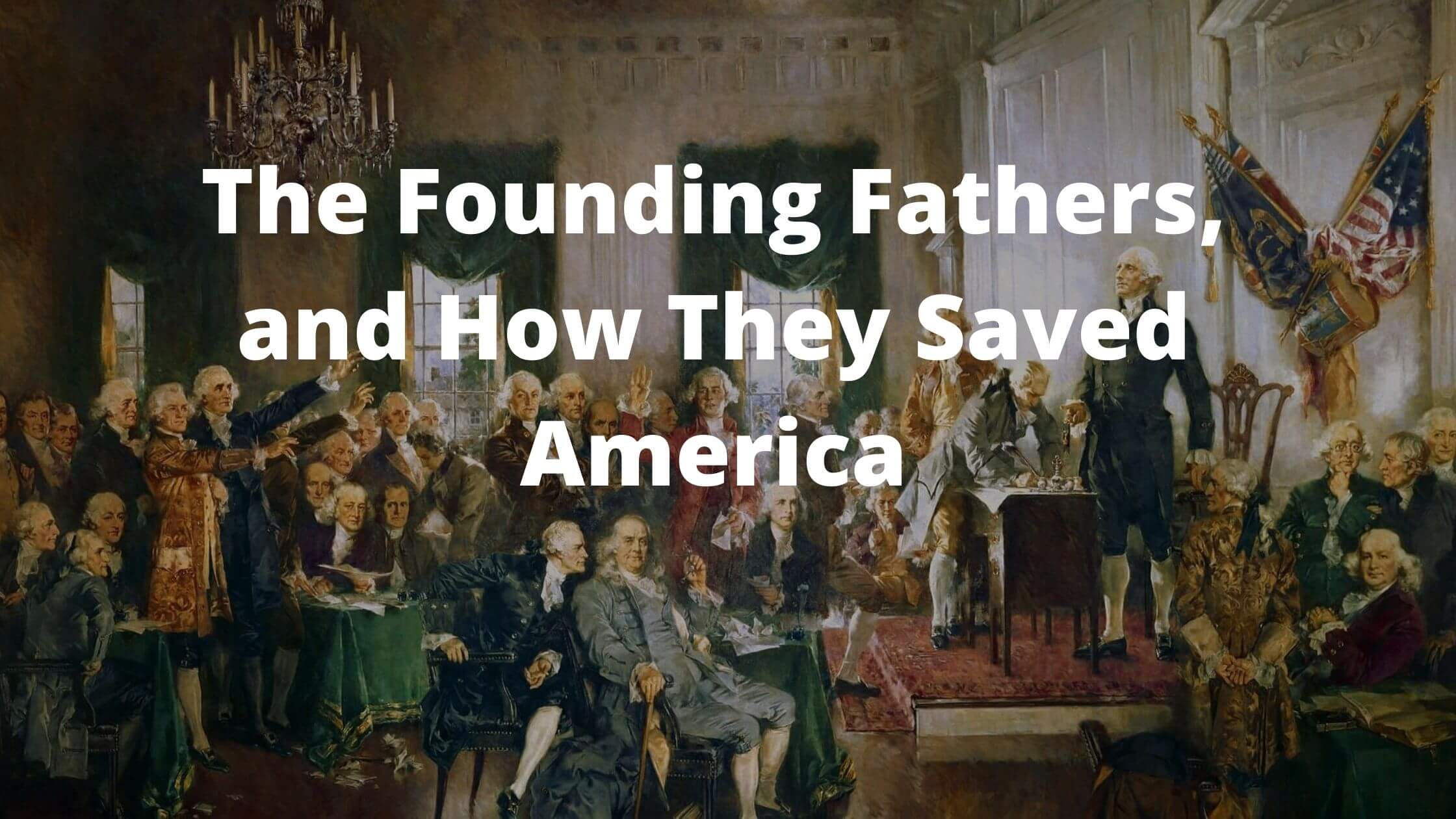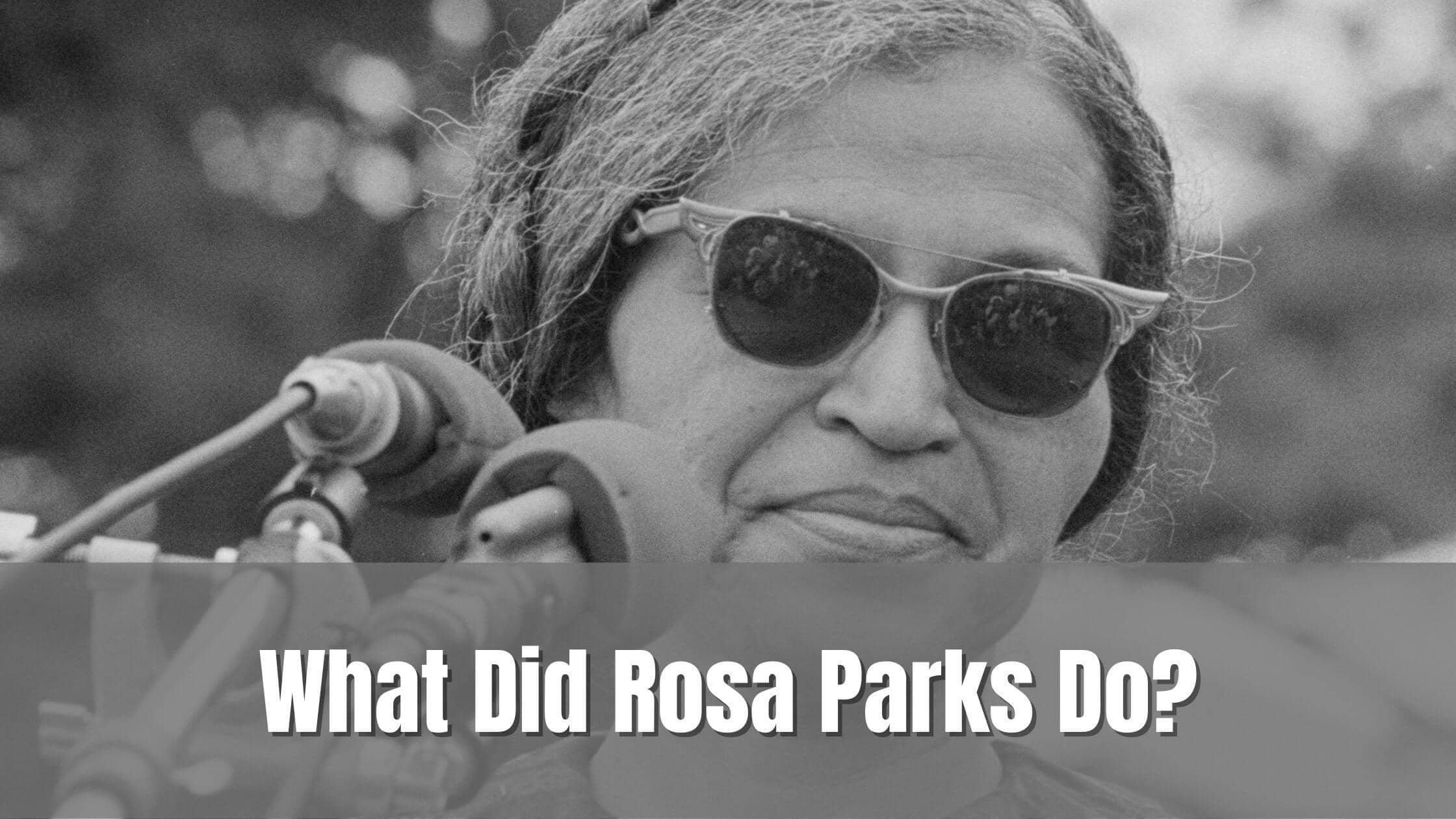Table of Contents
ToggleSources
- https://www.britannica.com/biography/Alexander-Hamilton-United-States-statesman
Britannica is a highly authoritative source for historical figures, providing a comprehensive biography of Alexander Hamilton, covering his role in the Revolutionary War, drafting the Constitution, and his tenure as Treasury Secretary. - https://www.treasury.gov/about/history/Pages/ahamilton.aspx
The U.S. Department of the Treasury's official page on Alexander Hamilton details his contributions to the American financial system, including the creation of the First Bank of the United States and his role in establishing the Treasury Department. - https://www.mountvernon.org/library/digitalhistory/digital-encyclopedia/article/alexander-hamilton/
The George Washington Presidential Library provides detailed information on Hamilton's relationship with Washington, his military career, and his political contributions, including the Federalist Papers. - https://www.loc.gov/exhibits/creating-the-united-states/hamilton-and-the-national-bank.html
The Library of Congress offers primary sources and detailed exhibits on Hamilton's financial initiatives, including the establishment of the national bank and his economic policies. - https://www.archives.gov/founding-docs/federalist-papers
The National Archives provides authoritative information on the Federalist Papers, including Hamilton's significant contributions, which are crucial for understanding his role in shaping the U.S. Constitution.
Key Points
- Alexander Hamilton was a Founding Father but never served as President.
- Hamilton played a key role in the Revolutionary War, serving under General George Washington and leading a successful assault at the Battle of Yorktown.
- He was a strong advocate for a centralized federal government, influenced by his frustrations with the inefficiencies of the Continental Congress.
- Hamilton co-authored the Federalist Papers, writing 51 of the 85 essays, to promote the ratification of the U.S. Constitution.
- As the first Secretary of the Treasury, Hamilton established the U.S. financial system, including the creation of a national bank and a national currency.
- Hamilton's financial policies, such as assuming state debts and creating the First Bank of the United States, faced opposition from Thomas Jefferson and James Madison.
- He founded the Federalist Party, which clashed with Jefferson's Democratic-Republicans over the role of government.
- Hamilton was instrumental in quelling the Whiskey Rebellion by supporting President Washington's use of militia.
- In the 1800 election, Hamilton broke with his party to support Thomas Jefferson over Aaron Burr, whom he distrusted.
- Hamilton died in 1804 after being mortally wounded in a duel with Aaron Burr.
Summary
Alexander Hamilton was a key Founding Father who played a pivotal role in the Revolutionary War, helped draft the U.S. Constitution, and established the nation’s financial system as the first Treasury Secretary. Despite his significant contributions, he never served as president. His legacy includes founding the Bank of New York, co-authoring the Federalist Papers, and shaping early American economic policy, though his political rivalry with Thomas Jefferson and fatal duel with Aaron Burr marked his later years.
Alexander Hamilton, one of America’s Founding Fathers, was an extraordinarily influential and important man whose legacy and impact persist today.
Hamilton fought in the Revolutionary War and helped to draft the constitution. He also served as the first treasury secretary and is credited with being the primary architect of the American financial system.
Was Hamilton a President?
Despite all his achievements, Founding Father Alexander Hamilton is often mistakenly assumed to have served as President, a role he never held.
Early Activism
Hamilton grew up on the Danish-possession island of St. Croix. After publishing an eloquent letter describing the devastation a hurricane had upon the island, residents raised money to send him to school in Britain’s North American territories.
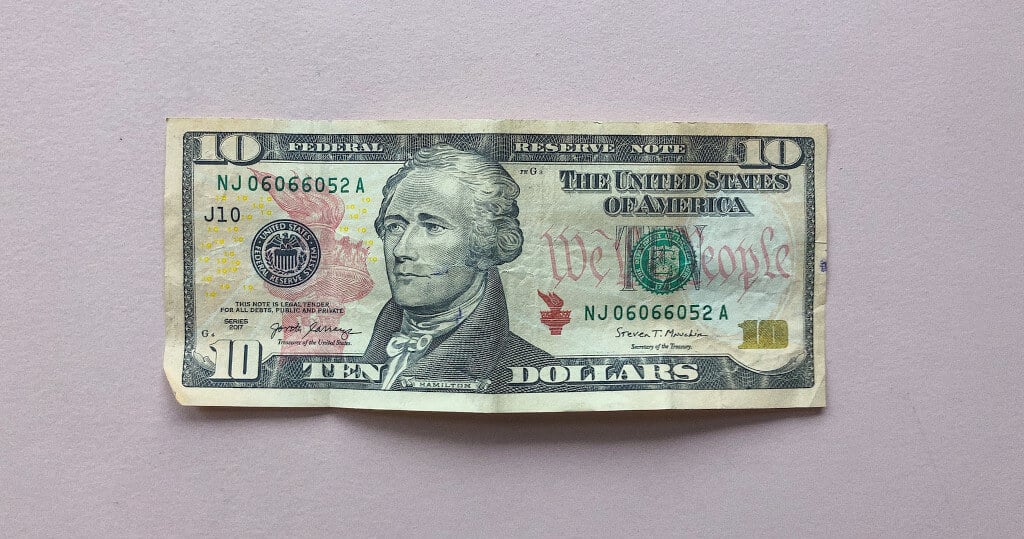
While in New York City, attending King’s College (now known as Columbia College), Hamilton became a supporter of the American colonial movement, protesting against British dominion and colonial policy.
Revolutionary War
In 1775 Hamilton began drilling with a volunteer militia group. Eventually, he was made the captain of an artillery company in the spring of 1776. Hamilton fought in the battles of Trenton, Princeton, Kip’s Bay, and White Plains during the war.
Military career
Hamilton made a positive early impression among more senior officers. Early on, Continental Army Major General Lord Stirling asked Hamilton to serve as his military aide, a tremendous honor for the young man.
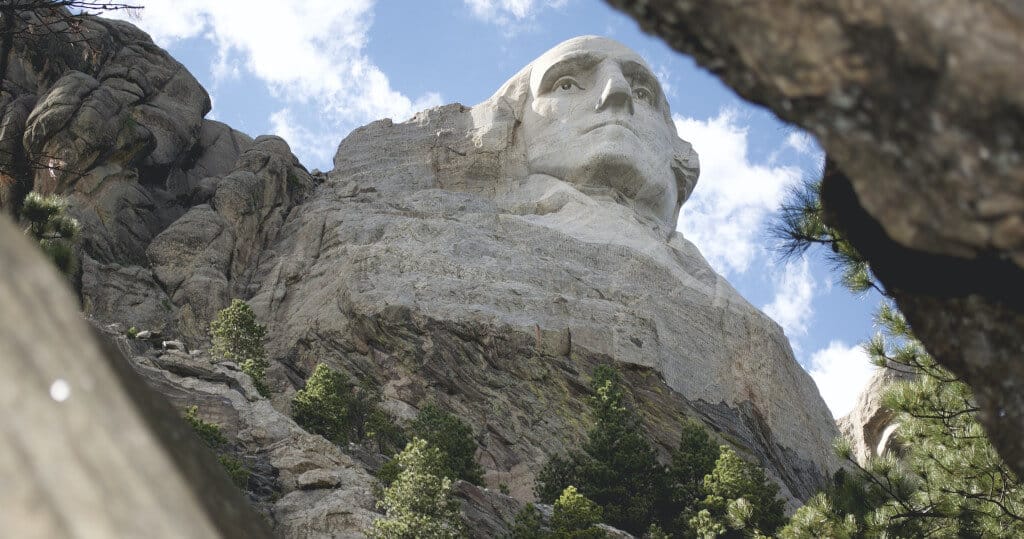
An even greater honor soon befell Hamilton in early 1777. General George Washington invited Hamilton to serve on his staff as a lieutenant colonel. Hamilton served under Washington for the next four years, tasked with various duties, including writing letters to continental army officers, state politicians, and members of Congress.
Field Command and Battle of Yorktown
In March of 1781, Hamilton left General Washington’s staff following a heated dispute and his frustration over not receiving a field command. Ultimately Washington relented and gave Hamilton such a command.
It paid off. In October of 1781, Hamilton successfully led an assault during the battle of Yorktown, which contributed to the British defeat and the surrender of British General Charles Cornwallis.

Post War Views
After dealing rather unsuccessfully with the 13 delegations to the Continental Congress (each represented by the 13 original colonies, which were soon to become states), Hamilton became disillusioned with the individual power of each state and their inability to work with one another.
During the war, his efforts to acquire more supplies, including clothing, equipment, and food, were often plagued by the delegation’s self-interest, petty squabbles, and general incompetence, which infuriated Hamilton.
These factors led Hamilton to believe that the newly founded country required a strong central government that held power over the individual states, maintained a strong military, and had a dominant executive branch following victory over the British.
Law career
Following the Continental Army’s victory over Great Britain in the American Revolution, Hamilton returned to New York, passed the BAR exam, and began practicing law.

In 1784 Hamilton, while defending a British loyalist, helped establish a law principle that still exists to this day: the courts have both the right and the responsibility to interpret the law.
To this day, Judicial Review remains a key component of the American legal system.
Financial initiatives
In 1784 Alexander Hamilton wrote The Bank of New York’s constitution, which he helped found to revitalize New York’s war-ravaged, struggling economy.
The Bank of New York helped transform New York City into the financial capital that it remains today.
Among its innovations, the bank of New York was one of the first banks in the country to help stabilize United States currency by displaying various exchange rates for the multifarious kinds of money that existed in the immediate post-war period.

Get Smarter on US News, History, and the Constitution
Join the thousands of fellow patriots who rely on our 5-minute newsletter to stay informed on the key events and trends that shaped our nation's past and continue to shape its present.
Political Career
In the 1780s, Hamilton served as a representative in the Congress of the Confederation and as an assemblyman in the New York State Legislature.

As a member of Congress in 1787, Hamilton attended the constitutional convention in Philadelphia, during which the United States Constitution was drafted by attending members.
Hamilton, John Jay, and James Madison also wrote the influential Federalist Papers promoting ratification of the United States Constitution. The papers comprised 85 essays, of which Hamilton wrote a whopping 51.
Secretary of the Treasury
Upon his unanimous victory in the presidential election in 1789, George Washington appointed his old friend Alexander Hamilton as Secretary of the Treasury. Hamilton served in the role for six years from 1789-1795.
During that time, he became a proponent of industrialization for the nascent nation, attempting to develop an efficient and modern economy. Hamilton also helped create a national currency for the new country with his authorship of the coinage act.
Opposition to Federalist plans
As Secretary of the Treasury, Hamilton pushed for the federal government to assume and take over the state debts incurred during the Revolutionary War. This action would bind creditors to the centralized federal government.
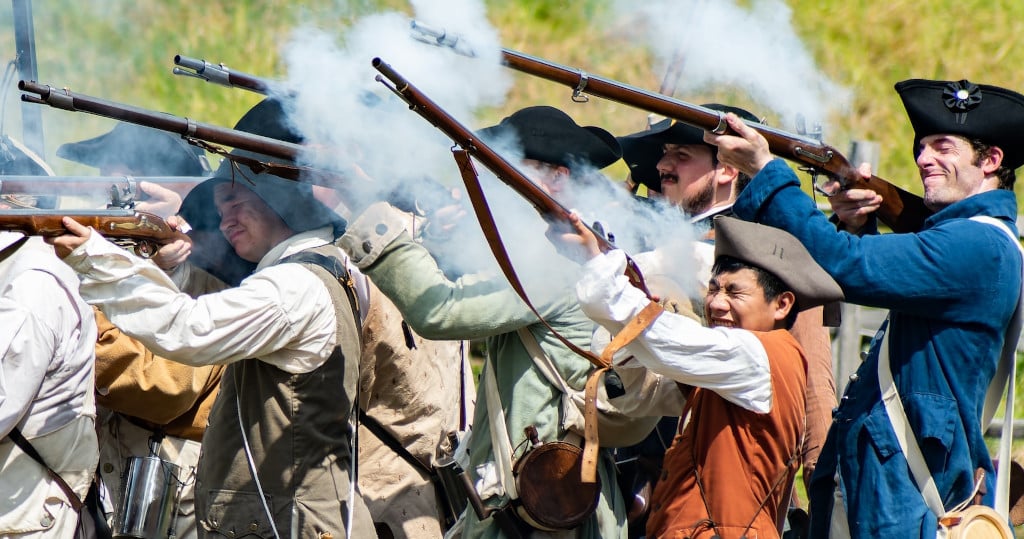
Hamilton ran into opposition in the form of Secretary of State Thomas Jefferson and his former co-author James Madison. Eventually, the two factions agreed.
Jefferson and Madison helped pass Hamilton’s plan through Congress, but only after Hamilton agreed to place the nation’s capital along the Potomac River in Washington, D.C.
Creation of a National Bank
A key component of Hamilton’s financial plan for the country was the creation of a central bank for the United States, modeled after the Bank of England.
The First Bank of the United States provided currency, held funds designated for the government, loaned government funds, and worked to increase liquid capital to promote and increase the country’s economic growth.
Federalist Party and Disagreements With Jefferson
Over time, buoyed by their opposing beliefs regarding the role and division of government in the United States, Hamilton and Thomas Jefferson created and led opposing political parties, the Federalists led by Hamilton and the Democrat-Republicans led by Jefferson.
Jefferson resigned from office in 1793 partly due to frustration that President Washington typically sided with Hamilton. Their disputes would continue through to the presidential election of 1800.
Whiskey Rebellion
In 1794 the Whiskey Rebellion, an ongoing protest against the tax Hamilton had levied on whiskey, reached its zenith. The protests turned violent, with several people killed.

President Washington eventually sent the Pennsylvania militia to quell the protest, which it did. Shortly after, Hamilton resigned from his post in early 1795.
Later Life and Political Activity
Times with Washington
Hamilton remained close to Washington for the rest of his life. He helped to draft Washington’s farewell address in 1796. He became Washington’s second in command when the aging general was called up to the provisional army in case of war with France.
Quasi-War and Alien and Sedition Acts
John Adams defeated Thomas Jefferson in the presidential election of 1796. Though the two were not allies and disliked each other, Hamilton supported Adams following the XYZ affair with France and derided Jefferson and the Democrat-Republicans for being more French than American.
The Alien and Sedition acts were drafted and passed into law by a Federalist majority Congress in 1797. These laws infringed upon freedom of speech and the press and made it more difficult for foreign citizens in the United States to gain citizenship while making it easier to deport them.
Election of 1800
Hamilton had supported the Quasi-War against France and been a proponent of the Alien and Sedition Acts, which significantly damaged the Federalist reputation and President John Adams’s chances for reelection in 1800.
After the election ended in an electoral tie between Thomas Jefferson and Aaron Burr, Hamilton supported Jefferson over the majority of Federalists’ pick Burr, citing that Burr “is inferior in real ability to Jefferson.”
Hamilton’s support of Jefferson helped to break the congressional deadlock, and Jefferson was elected.
Duel and Death
The Albany Register newspaper reported that Hamilton made a disparaging remark about Burr at a dinner party which resulted in Burr confronting Hamilton and challenging him to a duel. In July 1804, Aaron Burr shot and mortally wounded Hamilton, who died from his wounds the next day.
Was Hamilton a President? Quiz
Frequently Asked Questions
Did Alexander Hamilton ever serve as President of the United States?
What was Alexander Hamilton's role in the Revolutionary War?
What financial contributions did Alexander Hamilton make as Secretary of the Treasury?
What were the Federalist Papers, and what was Hamilton's role in them?
How did Alexander Hamilton die?
How useful was this post?
Click on a star to rate it!
Average rating / 5. Vote count:
No votes so far! Be the first to rate this post.
We are sorry that this post was not useful for you!
Let us improve this post!
Tell us how we can improve this post?


